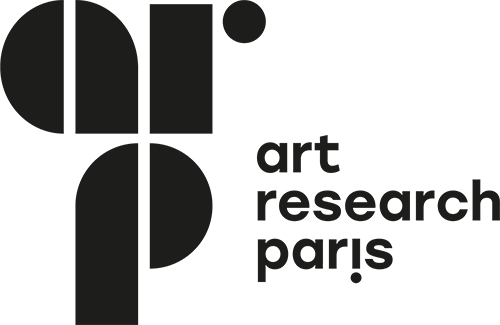AN ARTIST'S STUDIO
To discover the work of Jacques Roux is not only to look at one of the last chapters of an aesthetic current often called Expressionism, whose various occurrences have constantly marked out the last century, but it is above all to rediscover certain unexpected aspects, both fragments and components, of a broad current of return to the figurative emblematic of Western art at the end of the 20th century.
If Art Research Paris has decided to devote its first sale to the artist from Pau, it is because his work, like that of the painter, has for too long remained on the fringes of an art history that is too smooth, too linear and, in some respects, terribly expected. Presenting these great compositions allows us, on the contrary, to note that the 1980s constituted in France a formidable aesthetic melting pot. A crucible, in which the works of numerous artists of the period, wishing to break with a certain formalism - inheritance of the rigor of the conceptual art dominating the previous decade, can only constitute today the milestones of a new history of the art.
At a time when images could only be printed and the appropriation of cultural models was still a combat sport, Jacques Roux's painting thus occupies a singular place based as much on a particularly personal approach to pictorial practice as on a solid cultural foundation. These images which, beyond the first glance appear much more complex than their first aspect seems to let it presuppose, remain, indeed, the fruits of the recomposition of a real fantasized by the artist and of their setting in scene through a double filter composed in turn of cultural and personal symbolics. Also, if some could reproach to the work of the painter from Pau, its character by certain aspects too intimate, it should not be forgotten that the artist and the work, duet intimately mixed, are not only the fruit of a time but the result of a process of selection and recomposition of images by the artist. It is precisely in this double process of manufacture and appropriation of knowledge, models, allegories, places of memory that the pantheon of the artist, composed of tutelary figures of a heterogeneity which is not any more to show, adds to the densification of the images. As much the landscapes of the engraver Rodolphe Bresdin as certain posters realized by the Family Dog or still the lettrism of Isidore Isou constitute among the most tangible elements of the artistic vocabulary of Jacques Roux, so much those are diverted, confronted and assimilated in order to the constitution of a new aesthetic language. An extremely personal language, governed by its own laws but exceeding especially the simple framework of the cultural appropriation. It is from this metalanguage that the work of Jacques Roux is born, a dense, rich, sensitive but especially intellectual and personal work.
Translated with www.DeepL.com/Translator (free version)



